Last week, just before we all came down with a cold, we had the opportunity to attend a field trip to a local grist mill. This particular mill is listed on the National Register of Historic Places, and is the oldest water-powered grist mill (and the only one that is still commercially operating) west of the Mississippi River! Since we have been studying Early American History this year, and particularly Colonial Life at the moment, this field trip opportunity couldn’t have come at a better time.
“This mill is not a water wheel operated mill, rather the water in the millrace flows into a penstock twelve feet deep, where its weight provides pressure to activate the turbine that runs the wheels, belts and pulleys. This movement also turns the large millstones that grind the grain.”
To reach the grinding stones (which are still the original stones that were quarried in France over 130 years ago, shipped across the ocean, assembled into four -foot diameter stones in Illinois, and then carried over the mountains by wagon), the grain is fed into a hopper that in turn feeds it into the “eye” of the stones. In about three hours, it is ground to flour or cracked wheat depending on how the stones are set. We were told that Stone Grinding protects the nutrients and thoroughly blends the entire grain.
“The mill has a basement where water power is harnessed and three floors where grain is received, stored and ground. Architecturally the building is interesting because the frame was raised first. The beams were morticed together and pinned with hard wooden pegs. The walls of whipsawed lumber were nailed to the frame with square nails. Foundation pillars are two feet square and were hewn with a broad ax. A waterwheel did not power the mill but rather water flowed into a 12-foot deep penstock, its weight creating the pressure that activated turbines powering the belts and pulleys that would move the giant stones.”
I thought it was interesting that the millers wife (a mother of seven children!) stayed busy hand-washing, drying, and ironing laundry for just 10 cents a load (which was great money back then), and also maintained a trap line along the creek. The picture on the right is the bathtub in which she bathed all those children, beginning with the oldest and then ending with the youngest.
The Country Store at the mill has all sorts of neat antique memorabilia on display, in addition to all the great products that they offer.
We came home with mixes for Cornbread and Oat Scones, their new Black & White Bean Chili Mix, along with some other fun treats including Lemon Curd, Lingonberries Preserves (imported from Sweden, which I plan to serve on Santa Lucia Day!), Gold Rush Old Fashioned Sourdough Starter, and some Old Fashioned Lemon and Root Beer Drops.
All the children were also given little sample bags of wheat to plant next spring. Our little Rose, however, was determined to get into that bag and try a sample! Yes, she is pretty good at getting into whatever it is that she wants, and had no trouble getting the twist-tie off the baggie.









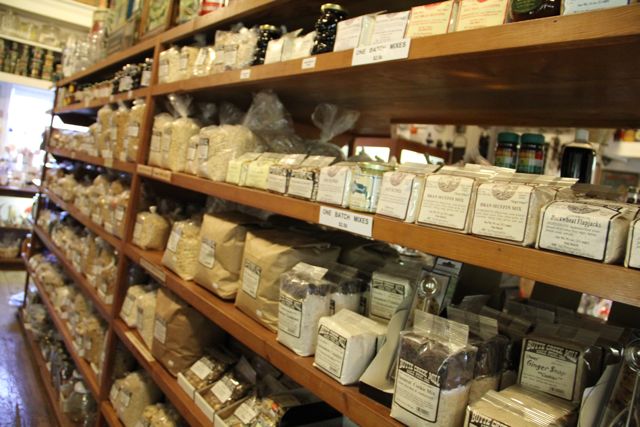
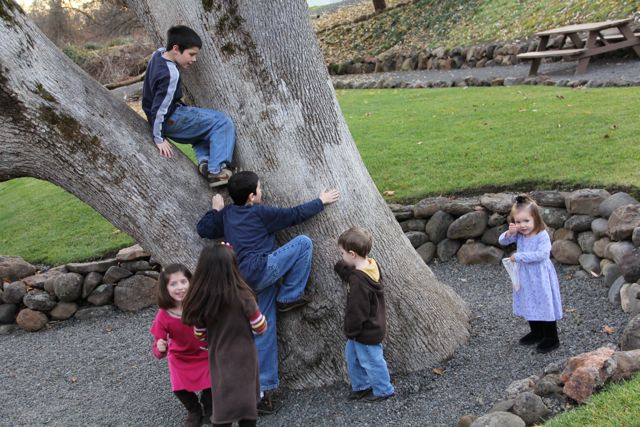


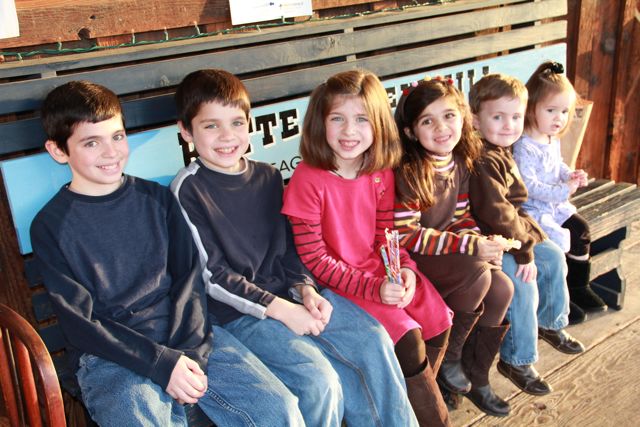






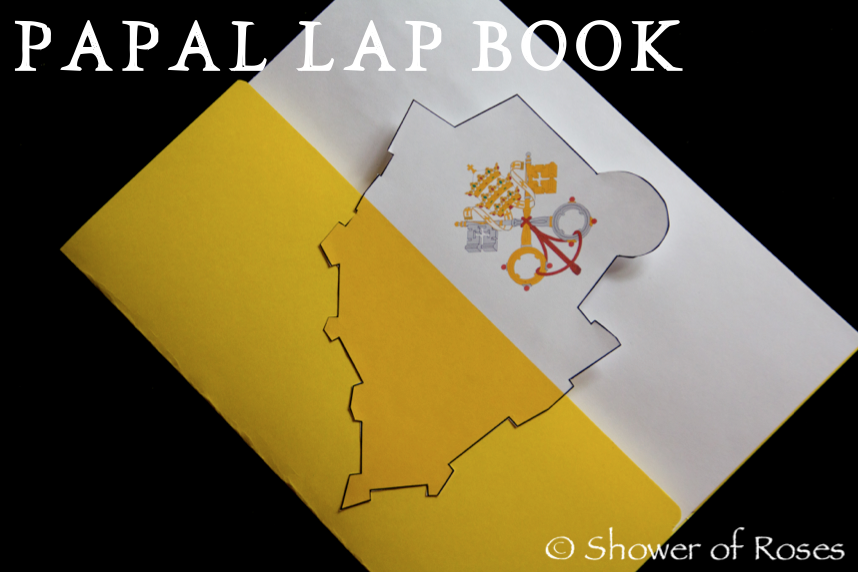












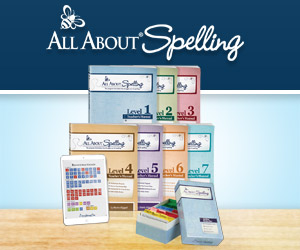


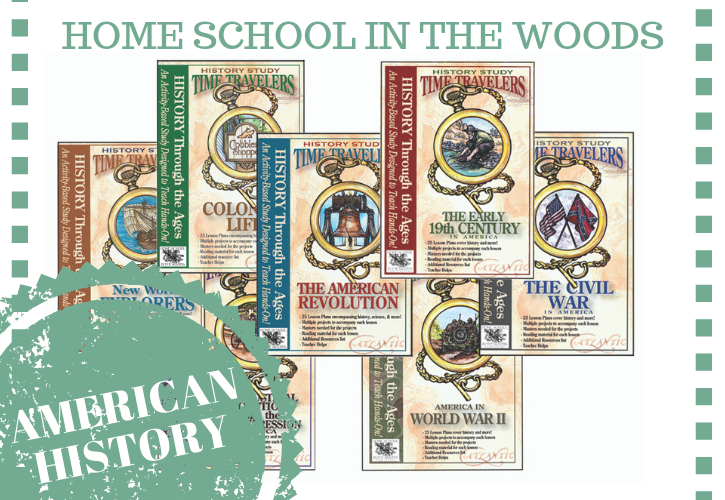









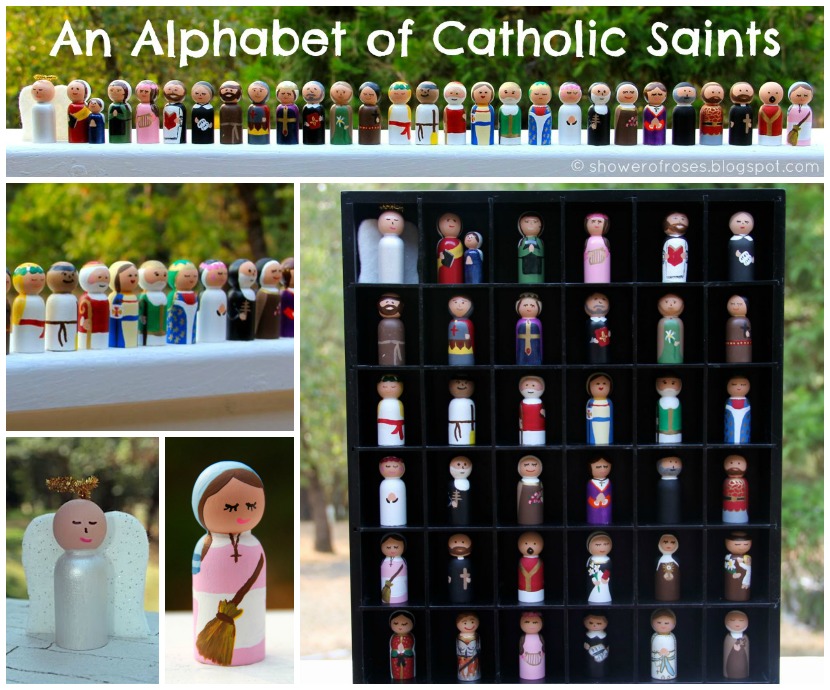

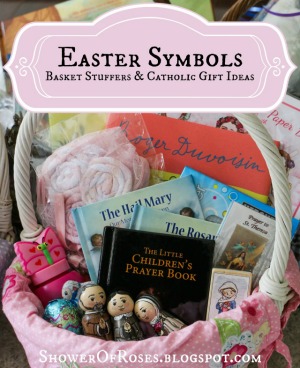

I love the last picture. So sweet.
Oooooh love the children sitting on the bench….six little Indians…..so adorable!
Really neat! We have a place like that near us, but its a corm mill,,,being the South and all. 🙂
This mill does both, and was actually grinding corn while we were visiting!
Aw, that last picture is so cute!!!
I wish we could have gone, it looks like you all had fun! And now I want chili. Sigh.
What fun! What cuteness that last picture! Love it! Oh, and little Rose – so cute.
What a fun day!
You have a beautiful family Jessica and what a fun field trip! I think kids learn so much more when they are seeing and handling items than just reading from a book!